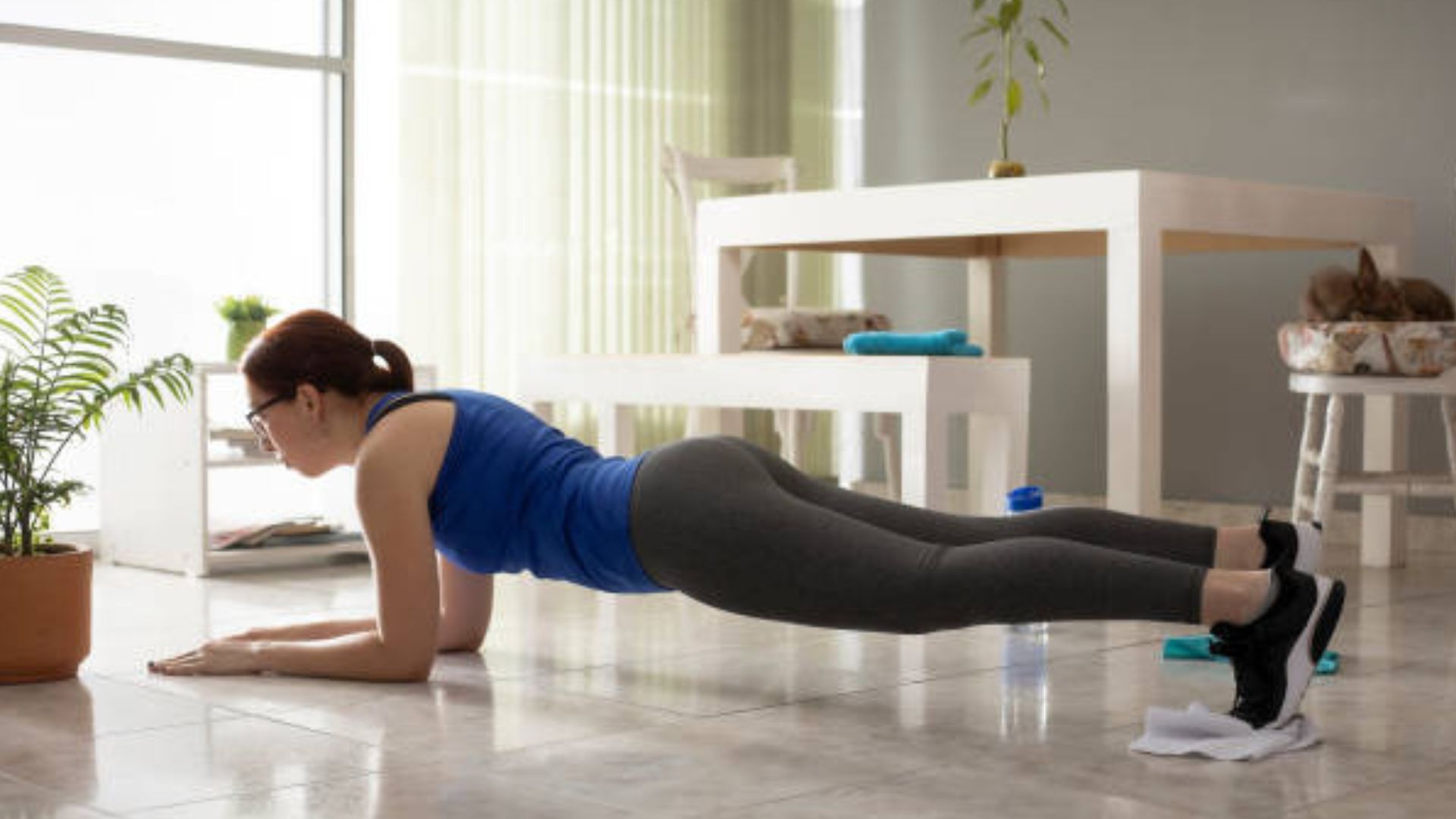6-Day Push/Pull/Legs Workout Schedule for Muscle Growth and Strength

When it comes to building muscle and strength, consistency, progressive overload, and smart training splits are key factors. The Push/Pull/Legs (PPL) workout routine is one of the most effective training splits, offering a balanced approach to training different muscle groups. If you’re looking to enhance your gains, a 6-day PPL workout schedule can provide the structure and variety necessary for maximum muscle growth and strength.
What is a Push/Pull/Legs Workout?
A Push/Pull/Legs workout is a split routine that divides the body into three primary movement patterns:
- Push: Workouts that build strength in the chest, shoulders, and triceps through pressing movements.
- Legs: Exercises designed to strengthen the quads, hamstrings, glutes, and calves.
The 6-day Push/Pull/Legs schedule simply means you work out six days a week, alternating between the three different muscle groups.
Benefits of a 6-Day Push/Pull/Legs Workout Schedule
- Balanced Training Frequency: Targeting each muscle group twice a week promotes muscle growth and strength.
- Recovery: The split allows adequate rest for each muscle group between sessions.
- Strength & Hypertrophy: Compound lifts increase strength, while accessory exercises foster hypertrophy.
- Flexibility: The schedule can be adapted to fit different fitness goals.
- Improved Intensity: Training specific muscle groups with higher focus and intensity leads to better gains.
Structure of the 6-Day Push/Pull/Legs Workout Schedule
-
Day 1: Push (Chest, Shoulders, Triceps)
-
Day 2: Pull (Back, Biceps)
-
Day 3: Legs (Quads, Hamstrings, Glutes)
-
Day 4: Push (Chest, Shoulders, Triceps)
-
Day 5: Pull (Back, Biceps)
-
Day 6: Legs (Quads, Hamstrings, Glutes)
-
Day 7: Rest or Active Recovery (light cardio, stretching, mobility work)
Goal: Build upper body pushing strength and hypertrophy.
- Barbell Bench Press (4 sets of 6–8 reps): Focuses on building strength and size in the chest and upper body.
- Overhead Shoulder Press (3 sets of 8-10 reps): This exercise targets the shoulders, especially the deltoids.
- Incline Dumbbell Press (3 sets of 8–10 reps): Builds strength and size in the upper chest.
- Dumbbell Lateral Raises (3 sets of 12-15 reps): Works the lateral head of the deltoid to create shoulder width.
- Tricep Dips (3 sets of 8–12 reps): A powerful movement to isolate and build your triceps.
- Cable Tricep Pushdowns (3 sets of 12-15 reps): Focuses on the long head of the triceps.
Day 2: Pull (Back, Biceps)
Goal: Build strength and size in the back and biceps.
-
Deadlift (4 sets of 5 reps): One of the best compound exercises for overall strength and back development.
-
Pull-Ups (4 sets of 6-8 reps): A fantastic bodyweight exercise for targeting the back and biceps.
-
Bent-Over Barbell Rows (3 sets of 8-10 reps): Targets the lats and mid-back.
-
Lat Pulldowns (3 sets of 10-12 reps): Focuses on width and overall back development.
-
Barbell or Dumbbell Bicep Curls (3 sets of 10-12 reps): Target the biceps directly for hypertrophy.
-
Hammer Curls (3 sets of 10-12 reps): Focuses on the brachialis and forearms.
Day 3: Legs (Quads, Hamstrings, Glutes)
Goal: Build lower body strength and muscle mass.
-
Barbell Back Squat (4 sets of 6-8 reps): A compound movement that targets the quads, glutes, and hamstrings.
-
Romanian Deadlift (3 sets of 8-10 reps): Focuses on hamstrings and glutes.
-
Leg Press (3 sets of 10-12 reps): Great for hitting the quads and glutes.
-
Walking Lunges (3 sets of 10-12 reps per leg): Excellent for building overall leg strength and stability.
-
Leg Curls (3 sets of 12-15 reps): Focuses on the hamstrings.
-
Calf Raises (4 sets of 15-20 reps): Target the calves for added definition.
Day 4: Push (Chest, Shoulders, Triceps)
Goal: Repeat and refine the movements from Day 1, focusing on progressive overload.
-
Chest Flys (Machine or Dumbbell) (3 sets of 10–12 reps): Opens up the chest and stretches the pectorals to improve muscle definition and strength.
-
Upright Rows (3 sets of 10-12 reps)
-
Tricep Kickbacks (3 sets of 12-15 reps)
Day 5: Pull (Back, Biceps)
Goal: Focus on pulling movements with an emphasis on back thickness and arm development.
-
T-Bar Row (4 sets of 6-8 reps)
-
Wide-Grip Pull-Ups (4 sets of 6-8 reps)
-
Single-Arm Dumbbell Row (3 sets of 8-10 reps)
-
Face Pulls (3 sets of 12-15 reps)
-
Concentration Curls (3 sets of 10-12 reps)
-
EZ Bar Curl (3 sets of 12-15 reps)
Day 6: Legs (Quads, Hamstrings, Glutes)
Goal: Focus on lower body strength and hypertrophy with a slightly different exercise selection.
-
Front Squat (4 sets of 6-8 reps)
-
Sumo Deadlift (3 sets of 8-10 reps)
-
Bulgarian Split Squats (3 sets of 10–12 reps): Sculpt your legs and glutes with this effective single-leg move.
-
Leg Extensions (3 sets of 12-15 reps)
-
Seated Calf Raises (4 sets of 15-20 reps): A targeted exercise for developing the soleus muscle in the calves.
Day 7: Rest or Active Recovery
On your rest day, aim to keep your activity low or engage in active recovery like stretching, yoga, light cardio, or foam rolling to keep your muscles supple and aid in recovery.
Tips for Success on the 6-Day Push/Pull/Legs Routine
-
Progressive Overload: To continuously build muscle and strength, increase the weight, reps, or sets over time.
-
Rest and Recovery: Sleep and nutrition are just as important as the workouts themselves. Aim for 7-9 hours of sleep and consume a balanced diet rich in protein, carbs, and healthy fats to fuel recovery and muscle growth.
-
Warm-Up and Cool Down: Always warm up before your workouts to prevent injury and improve performance. Include dynamic stretches or light cardio.
-
Nutrition: Ensure you’re eating in a caloric surplus if your goal is muscle growth. Protein intake should be around 1.6 to 2.2 grams per kilogram of body weight for optimal hypertrophy.